"Catholic Encyclopedia: Capuchin Friars Minor." Catholic Online. Retrieved on February 8, 2014.
- Available at: http://www.catholic.org/encyclopedia/view.php?id=2532
Causado, J.; Cuarón, A.D.; Shedden, A.; Rodríguez-Luna, E.; & de Grammont, P.C. 2008. "Cebus capucinus." In: IUCN 2013. IUCN Red List of Threatened Species. Version 2013.2. International Union for Conservation of Nature. Retrieved on February 8, 2014.
- Available at: http://www.iucnredlist.org/details/40020/0
"Cinnamon White Faced Capuchin." Zoological Wildlife Foundation. Retrieved on February 8, 2014.
- Available at: http://zoologicalwildlifefoundation.com/animals/mammals/primates/new-world-monkeys/cinnamon-white-faced-capuchin/
Eisenberg, J. 1989. Mammals of the Neotropics. Chicago: University of Chicago Press.
Emmons, L. H. and F. Feer. 1997. Neotropical Rainforest Mammals, A Field Guide, Second Edition. Chicago: University of Chicago Press.
Estrada, A.; Garber, P.; Pavelka, M.; Luecke, L. 2006. New Perspectives in the Study of Mesoamerican Primates: Distribution, Ecology, Behavior, and Conservation. NY: Springer.
Fragaszy, D. M.; Visalberghi, E.; and Fedigan, L. M. 2004. The Complete Capuchin: The Biology of the Genus Cebus. Massachusetts: Cambridge University Press.
Grzimek, B., K. Gold. 2004. "New World monkeys I: Squirrel Monkeys and Capuchins." Pp. 101-113 in Grzimek's Animal Life Encyclopedia, Vol. 14, Second Edition. Farmington Hills, Mi: Gale.
InfoNatura: Animals and Ecosystems of Latin America [web application]. 2007. Version 5.0 . Arlington, Virginia (USA): NatureServe. Retrieved on February 8, 2014.
- Available at: http://www.natureserve.org/infonatura/servlet/InfoNatura?searchName=Cebus+capucinus
Knight, K. 2013. "The Catholic Encyclopedia: Camaldolese." New Advent Dedicated to the Immaculate Heart of Mary. Retrieved on February 8, 2014.
- Available at: http://www.newadvent.org/cathen/03204d.htm
Long, J. 2009. "Cebus capucinus white-faced capuchin" (On-line). Animal Diversity Web. Retrieved on February 8, 2014.
- Available at: http://animaldiversity.ummz.umich.edu/accounts/Cebus_capucinus/
Lynch Alfaro, J.W.; Boubli, J.P.; Olson, L.E.; DiFiore, A.; Wilson, B.; Gutierrez-Espeleta, G.A.; Chiou, K.L.; Schulte, M.; Neitzel, S.; Ross, V.; Schwochow, D.; Nguyen, M.T.T.; Farias, I.; Janson, C.H.; and Alfaro, M.E. 2011. "Explosive Pleistocene Range Expansion Leads to Widespread Amazon Sympatry between Robust and Gracile Capuchin Monkeys." Journal of Biogeography 1-17.
Lynch Alfaro, J.W.; Silva, J.S.; and Rylands, A.B. 2012. "How Different Are Robust and Gracile Capuchin Monkeys? An Argument for the Use of Sapajus and Cebus." American Journal of Primatology 74(4):273-286.
Myers, P.R.; Espinosa, C. S.; Parr, T.; Jones, G. S.; Hammond; and T. A. Dewey. 2014. "Cebus capucinus white-faced capuchin." The Animal Diversity Web (online). Retrieved on February 8, 2014.
- Available at: http://animaldiversity.ummz.umich.edu/accounts/Cebus_capucinus/specimens/
Nowak, R. 1991. Walker's Mammals of the World, Fifth Edition. Baltimore and London: Johns Hopkins University Press.
Reid, F. A. 1997. A Field Guide to the Mammals of Central America and Southeast Mexico. NY: Oxford University Press.
Roberts, D. March 2006. "Mammal Skulls: Capuchin Monkey (Cebus capuchinus [sic]) Skull." DeLoy Roberts' Animal Skull Collection at Skyline High School, Idaho Falls, Idaho. Retrieved on February 8, 2014.
- Available at: http://www.d91.k12.id.us/skyline/science/zoology/monkeyc.htm
Saint-Hilaire, E. G.; and Cuvier, F. G. 1824. Histoire Naturelle des Mammifères. Paris: Imprimerie lithographique de Charles Philibert (comte) de Lasteyrie du Saillant.
"White-throated capuchin (Cebus capucinus)." ARKive. Retrived on February 8, 2014.
- Available at: http://www.arkive.org/white-throated-capuchin/cebus-capucinus/
Wilson, D. E., and D. M. Reeder (editors). 2005. Mammal Species of the World: A Taxonomic and Geographic Reference, Third Edition. Baltimore: Johns Hopkins University Press.


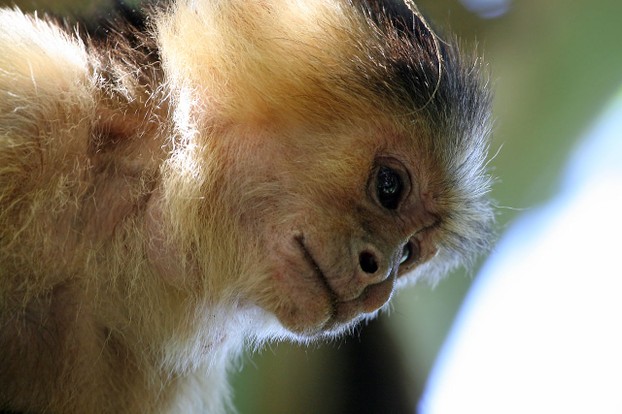

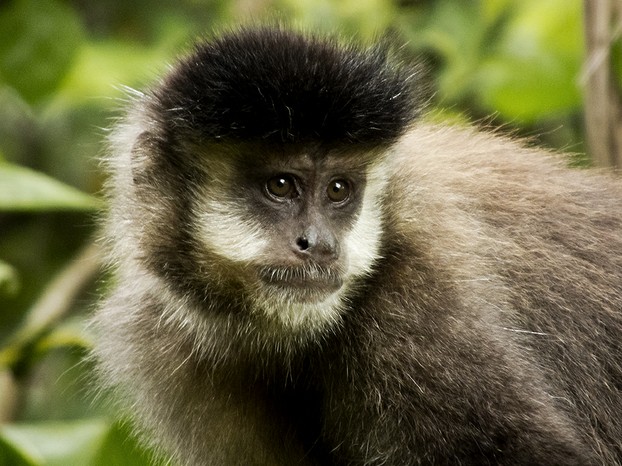
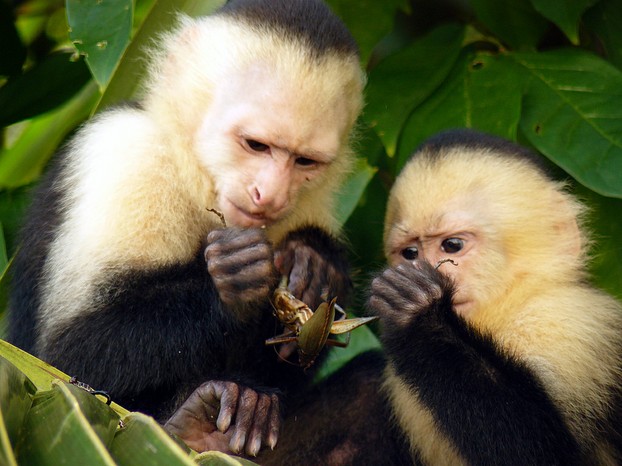
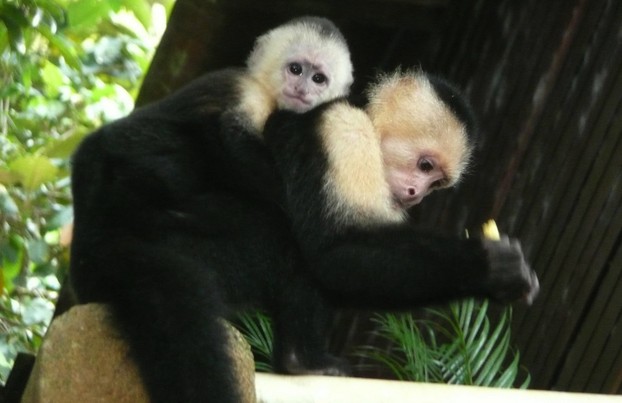
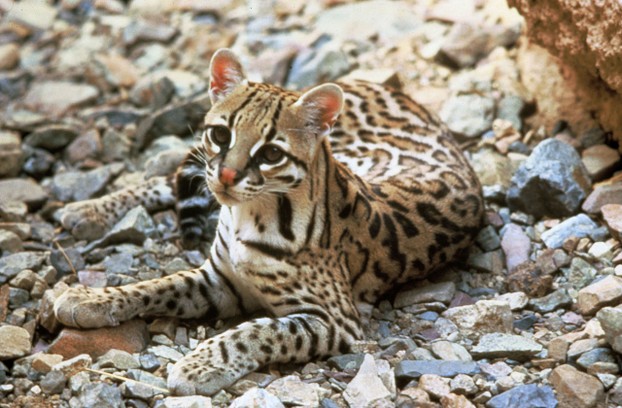

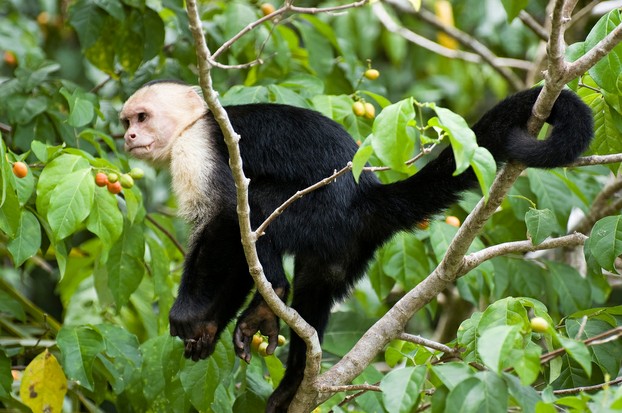
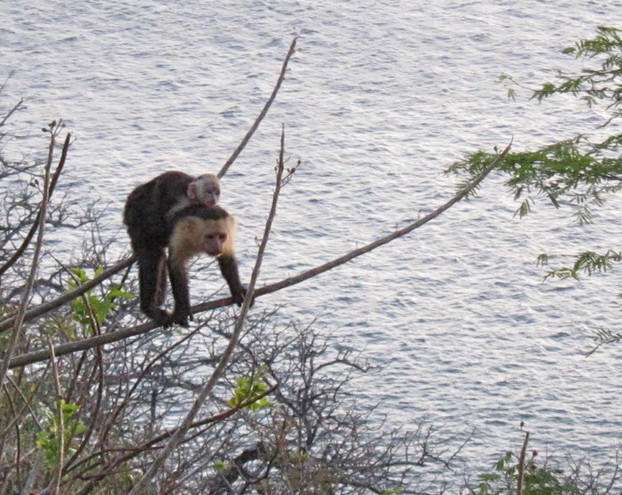
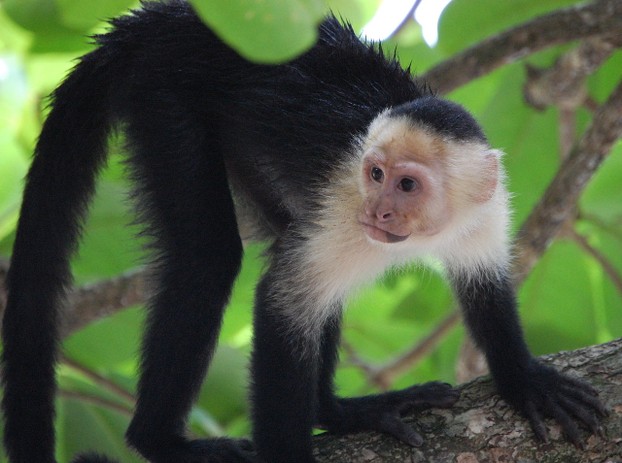




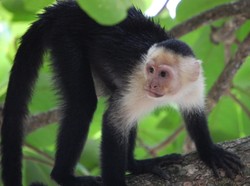

 Are Hawaiian Huakai Po Nightmarchers Avenging Halloween Thursday?on 10/02/2024
Are Hawaiian Huakai Po Nightmarchers Avenging Halloween Thursday?on 10/02/2024
 Mailing Addresses for 2023 Form 4868 Extending 1040 and 1040SR April 15, 2024, Due Dateon 04/15/2024
Mailing Addresses for 2023 Form 4868 Extending 1040 and 1040SR April 15, 2024, Due Dateon 04/15/2024
 Mailing Addresses for 2023 Forms 1040 and 1040SR Filed in 2024on 04/15/2024
Mailing Addresses for 2023 Forms 1040 and 1040SR Filed in 2024on 04/15/2024
 Mailing Addresses for 2022 Form 4868 Extending 1040 and 1040SR April 18, 2023, Due Dateon 04/13/2023
Mailing Addresses for 2022 Form 4868 Extending 1040 and 1040SR April 18, 2023, Due Dateon 04/13/2023

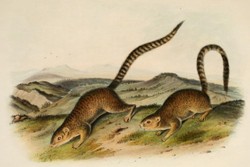
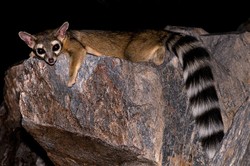
Comments